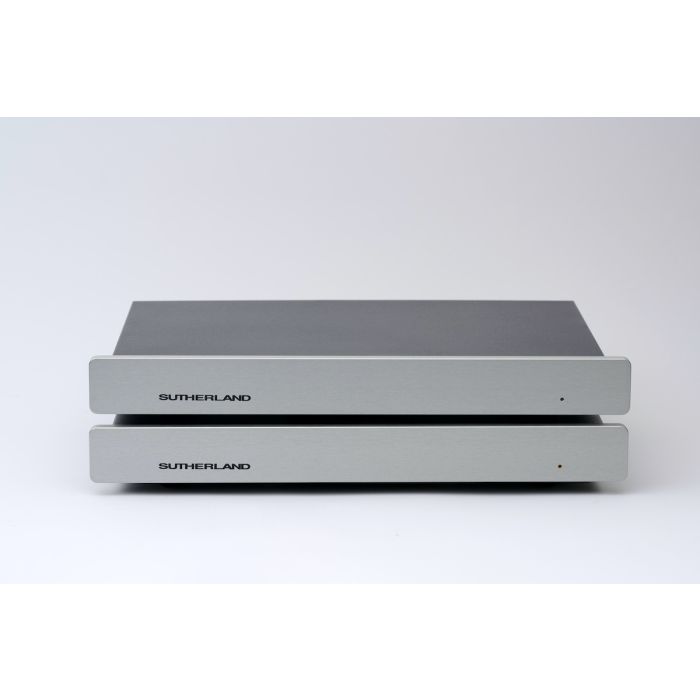We use cookies to make your experience better. To comply with the new e-Privacy directive, we need to ask for your consent to set the cookies. Learn more.
DESIGN PHILOSOPHY
The TZ DIRECT advances our phono preamp range. It combines our most refined transimpedance input stage with a second gain stage derived from our legacy line stages. Each of those stages contributes to the musicality. Working together, the music effortlessly flows into your system.
TRANSIMPEDANCE BASIC INTRODUCTION
Before any discussion of transimpedance amplifiers, we have to be clear about the difference between voltage and current. Without this common starting point, any further conversations won’t mean much. In engineering and physics, the units of voltage and current are precisely defined.
1 volt = 1 joule/coulomb
A joule is a unit of energy. A Coulomb is a unit of charge.
1 Ampere = Flow of 1 coulomb/second
Often we make analogies between fluid ‘circuits’ and electrical circuits.
In such comparisons, voltage (the energy available to push for charge flow) is analogous to water PRESSURE. Current (the rate of charge flow) is analogous to water FLOW.
So let’s think of the cartridge as our water pump.
It is ‘cranked’ by the moving stylus. If it’s flow path is blocked, there will be pressure changes that reflect stylus movement. That PRESSURE is energy for charge flow, but there is no charge flow. That’s analogous to a voltage output and no current flow, i.e. a voltage signal that can be amplified.
If the flow path is completely unobstructed, the water will FLOW in a way reflecting stylus movement. That is analogous to a current output, but no voltage potential difference.
Ordinarily, we operate our cartridges with some loading. There will be some current flowing from the cartridge. But what we use as the signal is the voltage across the two coil terminals. The input VOLTAGE is amplified by a voltage amplifier, i.e. a small input voltage becomes a larger output voltage. Voltage gain is expressed in dB, i.e. 60 dB of voltage gain means the output is 1,000 times larger than the input.
When we want to use current as the input parameter, the cartridge coil terminals would be shorted together, i.e. that is the unobstructed path for coil current flow. In a transimpedance amplifier, we need to measure that flow. We do so, by ‘breaking’ the shorted path and connecting the coils terminals to the transimpedance input terminals. The amplifier uses active feedback to drive those two terminals to the SAME voltage, i.e. a virtual short.
If there is no voltage difference between two points is looks and acts like a short. So the transimpedance amplifier has constructed a signal that forces the input terminals to a virtual short. That constructed signal will be used as the amplifier’s output voltage, i.e. signal input is current, signal output is volts. We can not express gain in dB. There is no input voltage. Any inclinations for a voltage at the input have been ‘corrected’ to make a virtual short. Transimpedance gain is expressed in units of Ohms.
"MAP" products are not Frequent Flyer eligible.
The pricing indicated is the absolute lowest allowed by the manufacturer. Our "Frequent Flyer" Program offers pricing and/or freight incentives for any order over $100 domestically ($300 internationally). Frequent Flyer is a cumulative program, so you will get credit for all previous orders each time to place a new order! With us, everyone’s a Frequent Flyer - no prior signup needed. After you place an order for Frequent Flyer eligible products, we will calculate applicable incentives. Your order amount will be adjusted and we will confirm the calculations by email within one business day. Click for more details.


